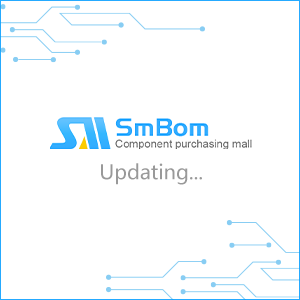Manufacturer
Please Input
- Buchanan Terminal Blocks / TE Connectivity
- Keystone Electronics Corp.
- Triton Manufacturing - Molex
- Amphenol Pcd
- ADAM TECH
- Advantech
- NTE ELECTRONICS, INC.
- Phoenix Contact
- SIEMENS
- WAGO
- EATON
- Waldom
- American Electrical, Inc.
- Omron Electronic Components
- Conta-Clip, Inc.
- Commercial IO (Amphenol Communications Solutions)
- NI
- Amphenol Anytek
- Würth Elektronik
- TE Connectivity AMP Connectors
- Coiltronics (Eaton)
- CUI Devices
- HARTING
- DINKLE Corporation USA
- ASSMANN WSW Components
- Weidmüller
- Altech Corporation
- RIA Connect / METZ CONNECT
- On-Shore Technology, Inc.
- Traktronix
- WECO Electrical Connectors
- Amphenol RF
- Schneider Electric
- Red Lion
- Wilcoxon (Amphenol Wilcoxon Sensing Technologies)
- Major League Electronics
Package
Please Input
Packaging
Please Input
Images | Mfr.Part # | Category/Manufacturer/Package/Packaging | RoHS | Price | Quantity | Operate |
|---|
1
2
3
4
5
6
7
8107
Headers, Plugs and SocketsConnectors and interconnects are devices that are used to join or connect two or more electrical or electronic circuits together. These devices are essential in a wide range of electronic systems, and are available in a variety of forms and sizes to suit different applications.
Terminal blocks are a type of connector that is commonly used to connect wires or cables to a circuit board or other electrical device. Terminal blocks typically consist of a block of insulating material, with a series of terminals or contact points arranged in a row or other configuration. The terminals are typically designed to accept wires or cables, and may include features such as screws, spring-loaded clamping mechanisms, or other types of wire retention mechanisms to secure the wires to the terminal block. Terminal blocks are commonly used in a wide range of applications, such as in industrial control systems, in power distribution systems, and in many other types of electronic systems.
Headers, plugs, and sockets are three types of connectors that are commonly used with terminal blocks. Headers are connectors that are mounted directly to a circuit board, and are used to connect the circuit board to a mating connector or cable. Plugs and sockets are connectors that are used to connect two terminal blocks together, or to connect a terminal block to a different type of connector or interface. These connectors are typically used in applications where it is necessary to connect two terminal blocks with different sizes or configurations, or where it is necessary to connect a terminal block to a different type of connector or interface.





